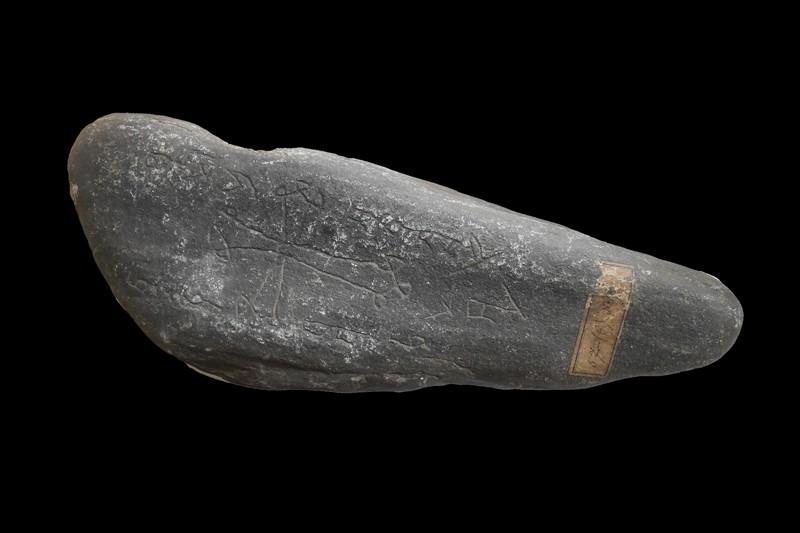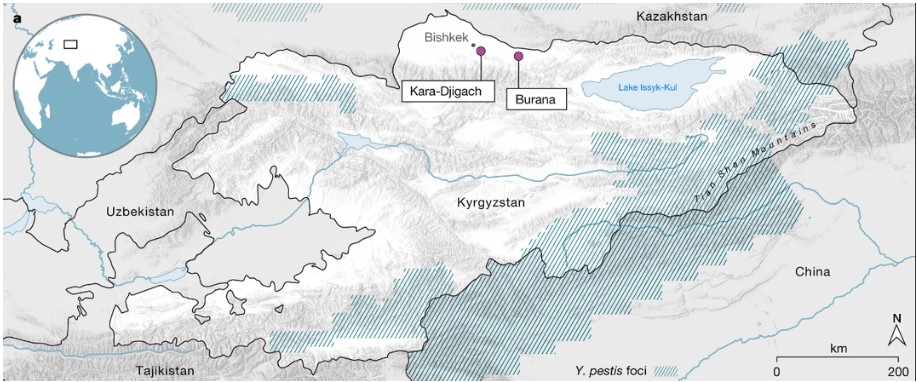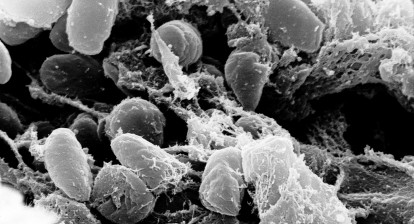The bubonic plague, known as the Black Death was a deadly pandemic that swept through Europe and Asia and decimated entire populations in the 14th century (1346 to 1353). It is the most fatal recorded pandemic in human history, and was the cause of the deaths of 75–200 million people in Eurasia and North Africa, peaking in Europe from 1347 to 1351. The disease continued to kill for the next 500 years. An estimated 30 to 50 percent, (perhaps up to 60 percent in certain areas) of Europe’s population died
Bubonic plague is caused by the bacterium Yersinia pestis spread by fleas, this much has been known. It is named Black Death for the black spots that formed on the victims’ bodies.
People can still contract the plague but it now we have the antibiotics to treat it and cases are rare anyway because we have better hygiene compared to the 14th century.
But what scientists have not been able to figure out is from where it originated. Until now that is.
According to a new study where DNA traces found in plague victim teeth were analyzed, researchers have concluded that the Black Death possibly started in what is now northern Kyrgyzstan. It then spread to Europe via trade routes.
The “study pinpoints the first known cases of the plague that caused the Black Death, in people buried in 1338 near Lake Issyk Kul in today’s Kyrgyzstan. A decade later, bubonic plague had devastated Europe”, according to Science. The bacterium had jumped from rodents to humans just before these people were buried. Rodents are the natural hosts for this bacterium (Yersinia pestis) and it only passes on to humans when a vector, such as a flea, bites a human and passes on the infection.
“To explore possible evidence associated with the early history of the second plague pandemic, we investigated the cemeteries of Kara-Djigach and Burana, located in the Chüy Valley near Lake Issyk-Kul of modern-day Kyrgyzstan. Excavations of these cemeteries between 1885 and 1892 revealed a unique archaeological assemblage potentially associated with an epidemic that affected the region during the fourteenth century,” report the scientists in the study.
“On the basis of tombstone inscriptions, these cemeteries showed a disproportionally high number of burials dating between 1338 and 1339, with some inscriptions stating that the cause of death was due to an unspecified pestilence,” they continue.

An engraved tombstone of a person who died from the Black Death plague, from the Kara-Djigach cemetery in what is now Kyrgyzstan. Credit: P.-G. Borbone, M. A. Spyrou et al./Nature
To gather further evidence the researchers extracted DNA from the pulp of the plague victims’ teeth, the analysis of which revealed an ancient strain of Yersinia pestis, the bacterium responsible for the Black Death. This result provided an exact date and a location for the origin of the deadly disease.
“Consistent with previous interpretations, we found that all such strains were retrieved from foci in eastern Kazakhstan, eastern Kyrgyzstan and the Xinjiang Uygur Autonomous Region of northwestern China. Although we cannot exclude a different geographical range for these lineages in the past, the current data are consistent with a local emergence of BSK001/003 [the exact DNA strain of the bacterium] within the extended Tian Shan region. Intriguingly, the oldest recovered genome…was also identified in the Tian Shan region (third century AD) and forms part of an extinct clade that caused the first plague pandemic (sixth to eighth centuries AD)”, they highlight in the study.
Furthermore, “among modern strains of Y. pestis bacteria, those sampled from marmots and other rodents in Kyrgyzstan, Kazakhstan and Xinjiang in northwest China, surrounding the Tian Shan mountain range, were most closely related to the Kara-Djigach strain,” highlights the Nature article.
Krause has hypothesized that the humans were in close contact with infected marmots, which led to the spread of the Kyrgyzstan plague. On the other hand, in Europe, it was spread by “immunologically naive” rat populations.
“We can’t really say it’s that village or that valley, but it’s likely that region,” says Johannes Krause, a palaeogeneticist at the Max Planck Institute for Evolutionary Anthropology in Leipzig, Germany, who co-led the study.
According to Philip Slavin, an economic and environmental historian at the University of Stirling, UK, and a co-lead author of the study, the Tian Shan region seems like a very likely origin point for the Black Death, because it is on the ancient Silk Road trade route.
“The Kyrgyzstan graves were found to contain pearls from the Indian Ocean, corals from the Mediterranean and foreign coins, suggesting that faraway goods passed through the area. “We can hypothesize that trade, both long distance and regional, must have played an important role in spreading the pathogen westward,” Slavin said.






